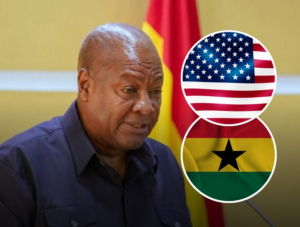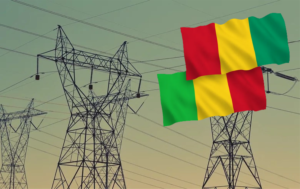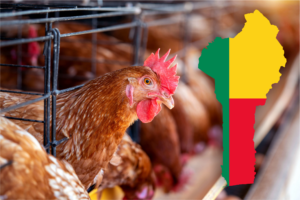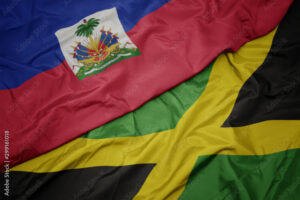How an Emirati Upstart is Redrawing Africa’s Mining Map; from Desert to Copper Belt
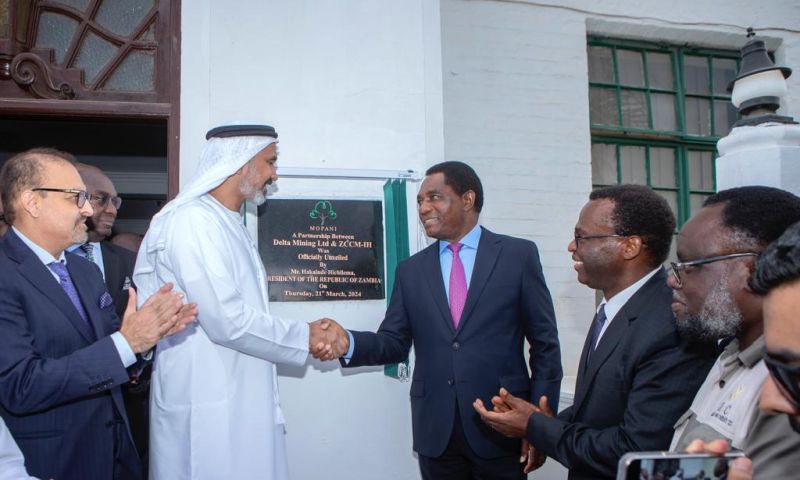
Three years ago, few in Africa’s mining circles had heard of International Resources Holding (IRH), a little-known investment vehicle based in Abu Dhabi. Today, the firm has stormed into the spotlight with two of the continent’s biggest recent mining deals. Moves that highlight both the United Arab Emirates’ growing global ambition and Africa’s enduring centrality in the race for critical minerals.
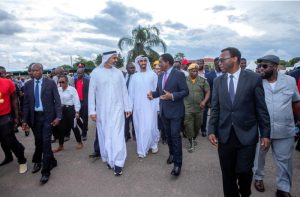
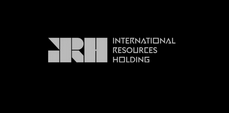
In March 2024, IRH stunned the industry when it paid $1.1 billion for a 51% stake in Mopani Copper Mines in Zambia, edging out South Africa’s Sibanye-Stillwater. Just a year later, it struck again, but this time, acquiring 56% of the Bisie tin mine in eastern Democratic Republic of Congo, one of the world’s largest deposits, for $367 million from American private equity firm Denham Capital. For an outfit that barely existed three years ago, the scale of these deals is extraordinary. But they are part of a bigger story. One that spans geopolitics, economics and the shifting balance of power in the global resource trade.
The rise of IRH reflects the UAE’s broader strategy to diversify away from fossil fuels and position itself as a player in the energy transition. As demand for copper, cobalt, tin and lithium surges, driven by demand from the manufacturers of electric vehicles, renewable power and other digital technologies, Abu Dhabi is betting that minerals will be as central to the 21st century as oil was to the 20th. Critical minerals are the new oil. The UAE doesn’t want to be left out of this shift, and IRH is playing a role as part of the sharp end of that strategy.

The state-backed firm is aligned with the Abu Dhabi Developmental Holding Company (ADQ), one of the UAE’s sovereign wealth vehicles. That backing gives it deep pockets and political heft. These advantages have helped it move quickly into a continent where mining deals are often mired in politics and protracted negotiations.
In any case, IRH’s arrival signals the entry of a new kind of competitor for Africa. Traditionally, the continent’s mines have been dominated by established Western firms like Glencore and Anglo American, or newer giants from China. Now, Gulf investors flushed with cash and eager to diversify, are muscling in.
In Zambia, IRH’s Mopani deal was particularly striking. The government that is desperate to revive copper output and cut debt, had been hunting for an investor since Glencore exited the mine in 2021. Many assumed Sibanye-Stillwater, South Africa’s mining champion, would secure the stake. Instead, IRH swooped in with a bid too big to ignore.
The Congolese deal carried different weight. Bisie is one of the richest tin deposits in the world, and tin is vital for electronics and soldering. But the mine sits in North Kivu, a region long scarred by conflict and armed groups. By acquiring Bisie, IRH not only gained a valuable resource but also stepped into one of Africa’s most fragile zones.
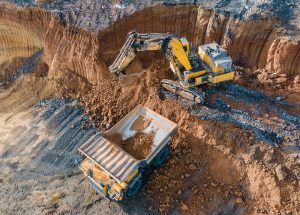
The human dimension of IRH’s rise is already visible. In Kitwe, Zambia’s mining hub, workers at Mopani talk of new hope after years of uncertainty. It’s about jobs and stability, the Zambians would mutter perhaps. Nonetheless, if the Emiratis can bring investment, then Zambians will welcome them, because it will spell stable jobs and income.
On a second breath, in Congo, civil society groups are more cautious that foreign investors often promise development but leave communities with little or nothing. The challenge for IRH in this stead, will be to prove it is different. This skepticism reflects a deeper sociopolitical tension.
Some African governments who are under pressure to maximize resource revenues, are eager for new investors entrants. Yet ordinary citizens often see little benefit from mining booms; and the arrival of yet another foreign player stirs questions about sovereignty and equity.
IRH’s deals also ripple beyond Africa. The West has grown increasingly anxious about China’s dominance in critical minerals supply chains. With Beijing controlling much of the processing and trade, countries from Washington to Brussels are scrambling for alternatives.
By stepping in, the UAE positions itself as a new middleman between resource-rich Africa and resource-hungry economies. For Abu Dhabi, it is also a chance to deepen political ties with African states, many of which have grown skeptical of Western lenders but remain wary of overdependence on China.
IRH’s rapid ascent raises questions about where it will strike next. With African countries from Namibia to Tanzania pushing new mining projects, and Gulf capitals flush with sovereign wealth, more deals seem inevitable.
At the moment, the firm’s bold moves have thrust it into the front ranks of Africa’s mining industry, an extraordinary feat for a company virtually unknown just three years ago. Whether its presence will mark a new era of equitable investment, or simply another chapter in Africa’s long history of contested resources, remains to be seen. Because according to a Zambian analyst – “We’ve seen investors come and go. The real test is not how much money they put on the table, but what they leave behind.”


